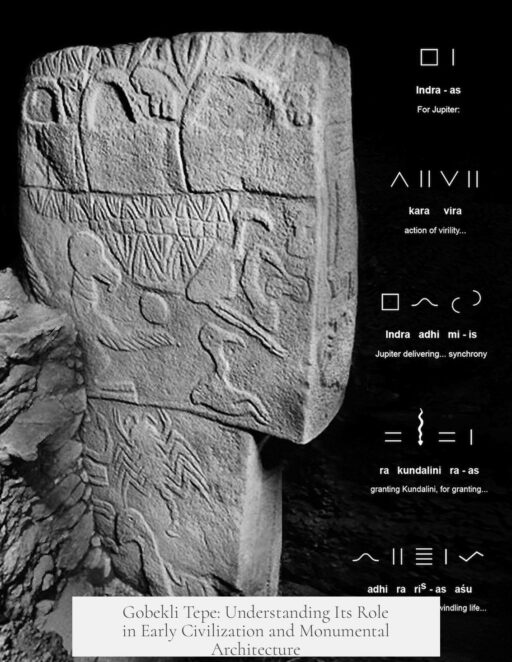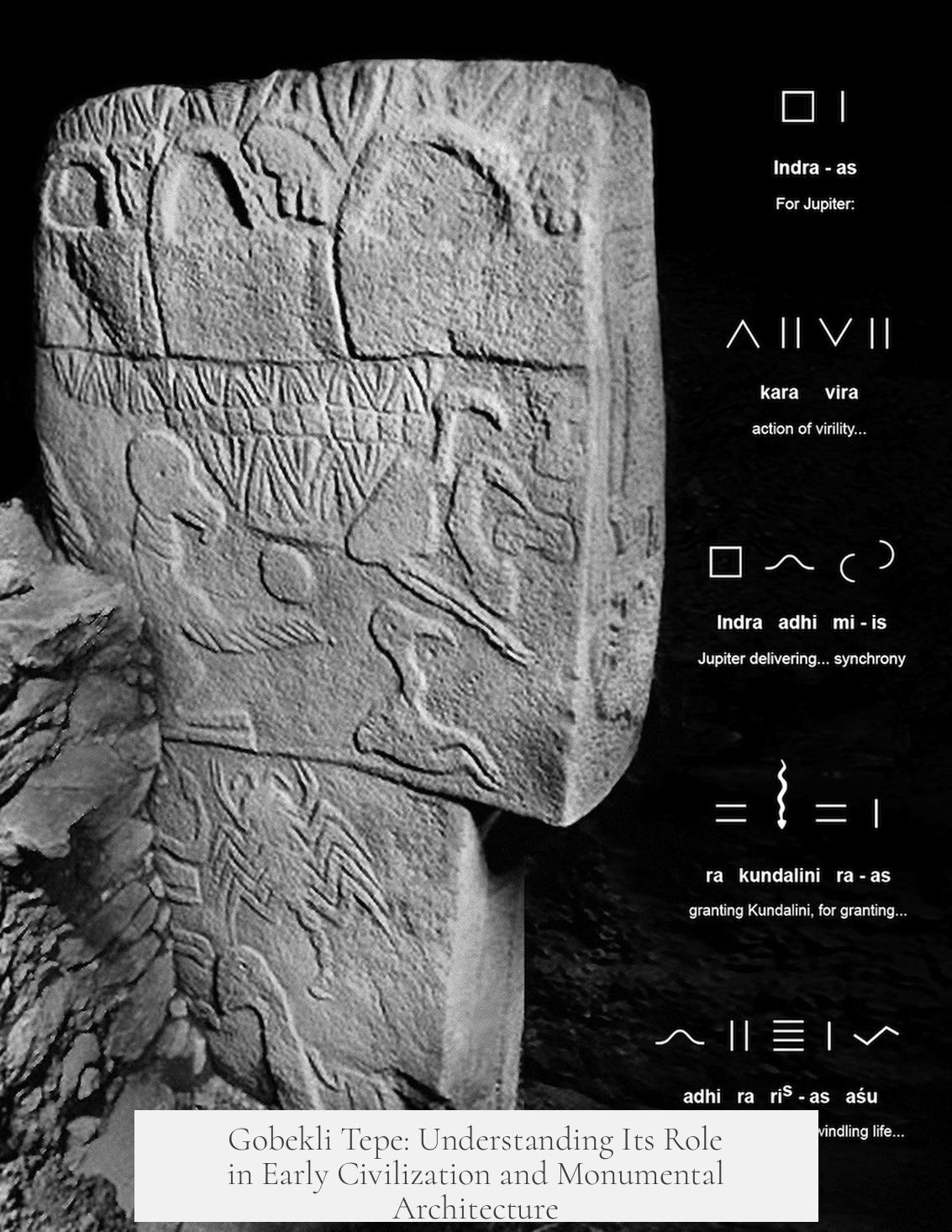Gobekli Tepe holds immense significance as the earliest known monumental architecture created by hunter-gatherers before the advent of agriculture. It challenges previous assumptions about social organization and the sequence of human development.
The site dates back to a time before people began farming. Radiocarbon dating confirms that Gobekli Tepe’s constructions existed long before permanent agriculture emerged. No evidence shows it was a residential area. Instead, it served a clear social or religious purpose.
Its monumental structures are unique for the era. People at that time rarely built large-scale architecture. The investment in such massive constructions indicates deep social or religious importance despite the lack of permanent settlement.
This discovery shifts how researchers view early human societies. It reveals that complex social cohesion and organization existed among hunter-gatherers. This predates the traditionally accepted agricultural revolution as a driver of social complexity.
Furthermore, Gobekli Tepe is considered the oldest known religious site. The role of religion likely influenced humans’ move toward a sedentary lifestyle. The desire to remain near sacred places may have motivated early farming and permanent settlements.
| Key Aspects | Details |
|---|---|
| Age | Built over 11,000 years ago, before farming began |
| Function | Religious and social gathering place, not a living space |
| Social Impact | Shows complex organization without agriculture |
| Architectural Significance | Earliest known monumental stone constructions |
| Influence | Suggests religion encouraged settlement and farming |
“Gobekli Tepe rewrites the timeline of human social and religious development.”
- Pre-agricultural people built the site, indicating early social complexity.
- It serves as evidence that monumental architecture can predate farming cultures.
- The site is important in understanding the evolution from hunter-gatherer to agrarian lifestyles.
- Religion likely played a key role in motivating permanent settlements.
What is the Significance of Gobekli Tepe?
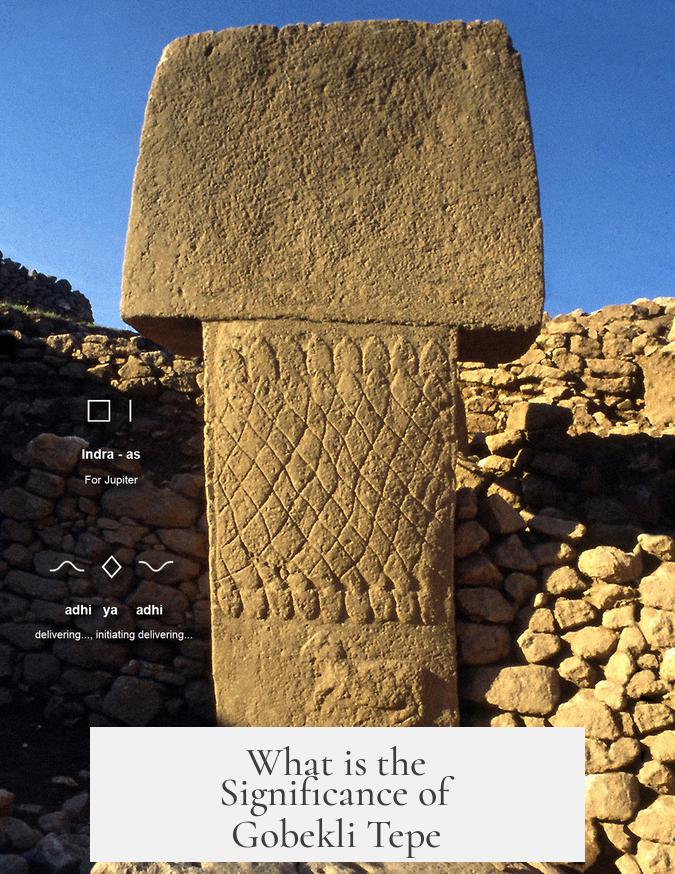
Gobekli Tepe stands as a milestone in human history because it shatters the long-held assumption that monumental building required settled farming societies. The site in southeastern Turkey dates back to around 9600 BCE — which means it’s older than agriculture itself by several thousand years. But why does that matter so much? Why does this prehistoric spot, filled with giant stone pillars carved with animals, earn the kind of fame that makes archaeologists giddy? Let’s dig into the significance of Gobekli Tepe, and why it rewrites the story of how human civilization evolved.
A Monument Before Farming? Wait, What?
Traditionally, scholars believed that massive buildings and social complexity only arose *after* people settled down, planted crops, and formed villages. Gobekli Tepe, however, flips that narrative on its head. Radiocarbon dating proves that these gigantic circles of stone were built by hunter-gatherers—people still roaming the land sourcing wild food, not farming yet.
There’s no sign of permanent homes around the site. No bustling city glued to the temple complex. Instead, Gobekli Tepe appears to have been a place people visited, likely for deeply religious or social reasons. Imagine it as a kind of sacred milestone drawn on the nomadic map—a sanctuary rather than a neighborhood.
Why Invest Time in Big Rocks When You Don’t Even Live There?
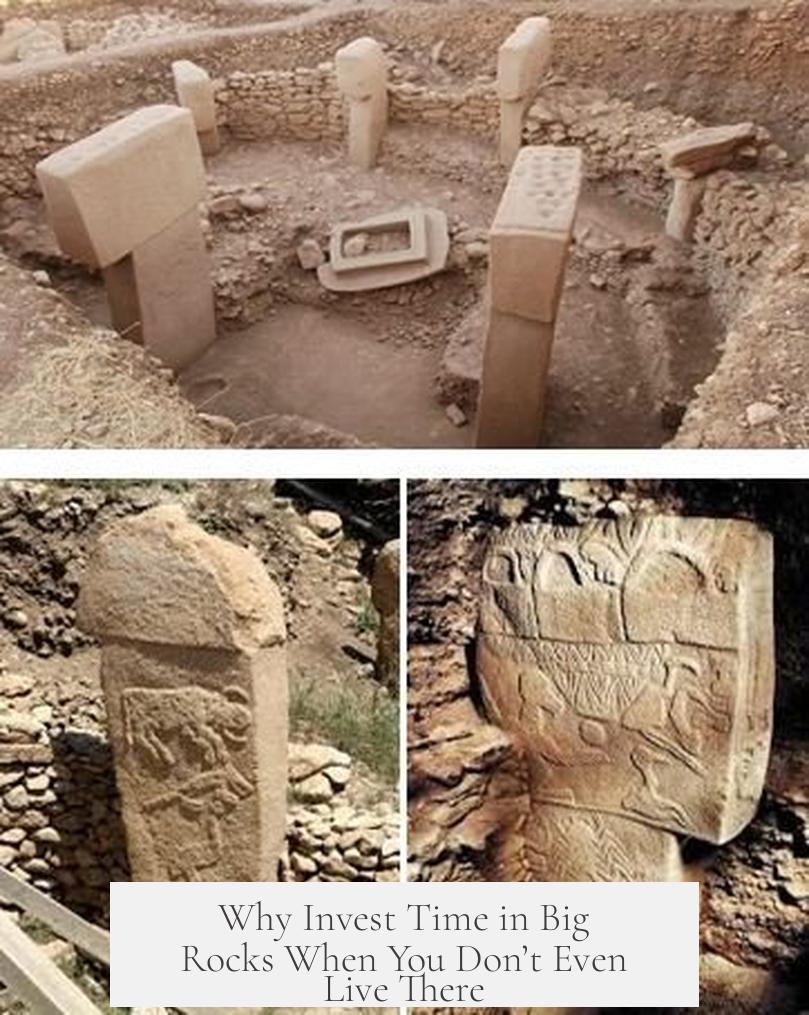
Think about it. Hunter-gatherers have to be nimble. Carrying food and tools. Moving with the seasons. Then, out of nowhere, they decide to haul massive stone pillars, carve intricate animal reliefs, and build a monumental site that took years—if not decades—to plan, quarry, and construct. That’s no casual side project.
The sheer scale and artistic detail tell us something crucial: Gobekli Tepe was insanely important. What compels mobile people to stop and pour physical effort into something so lasting if it isn’t vital? Most researchers conclude it was religion—shared beliefs powerful enough to unite bands of hunter-gatherers over a huge area.
The First Monumental Architecture in Human History
Its age gives Gobekli Tepe superstar status. Across the globe, established wisdom said monumental architecture, like temples and ziggurats, came *after* farming began, after sedentary life created stable communities. Here comes Gobekli Tepe, acting as a giant stone challenge to that idea. It’s the earliest example of monumental construction. That’s mind-boggling.
This means the urge to build grand places connecting people socially and spiritually came before planting wheat or barley or sheep. It’s the oldest glimpse we have into how humans might have created sacred spaces—a spark that eventually led to towns, cities, and civilizations.
Changing Our Understanding of Social Development
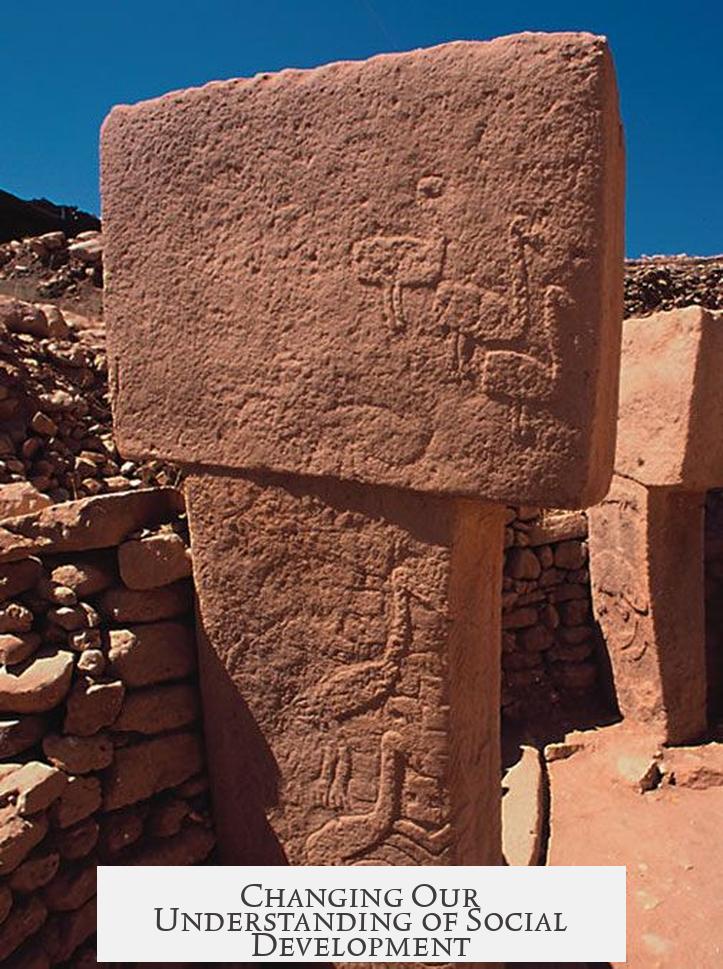
Gobekli Tepe doesn’t just rearrange the timeline. It also complicates the story about how groups of humans organized themselves. It means hunter-gatherers were capable of **complex social cohesion**, long-distance coordination, and shared symbolism far earlier than we thought.
Where once we imagined loosely connected bands fending for themselves, now it looks a lot like groups could pull together a grand social project. The site shakes up models of social development by illustrating that monumental projects and sacred rituals might have played a central role in bringing people together before agriculture emerged.
Religion: The Catalyst for Settled Life?
Here comes one of the most fascinating theories tied to Gobekli Tepe. The site might illustrate how religion served as a driving force in humanity’s leap from wandering hunter-gatherers to settled farmers.
Could the desire to be near this sacred place have encouraged people to build permanent homes nearby? Did worshipping here inspire early humans to cultivate food and domesticate animals just so they could stick around? Gobekli Tepe challenges the dry “agriculture-first” model and suggests belief systems had a massive hand in how societies evolved.
In other words, humans didn’t just start farming because they needed food. They may have farmed because they wanted to nurture the social bonds and rituals centered on this hallowed site.
What Can Modern Explorers Learn From Gobekli Tepe?
- It highlights how human creativity and spirituality can spark profound social change.
- It pushes us to rethink the relationship between technology, society, and belief.
- It shows that complex cooperation existed long before farming made societies “stable.”
- Lastly, it adds a humbling reminder: We still have so much to uncover about our ancient past.
Next time you marvel at ancient temples, remember Gobekli Tepe—the **world’s oldest religious site**, built by people with no farms, no cities, just a shared vision etched in stone.
What does Gobekli Tepe reveal about hunter-gatherer societies?
Gobekli Tepe shows that hunter-gatherers built large structures before farming began. This challenges the idea that only settled farmers created monumental architecture.
Why is the architecture at Gobekli Tepe considered monumental for its time?
The site features massive stone pillars and complex designs. Its scale and age suggest it held great importance, likely religious, despite no permanent residents.
How does Gobekli Tepe change previous views of social development?
It shows that complex social organization existed before farming. This impacts theories about how agriculture influenced society and suggests religion played a key role.
Why might religion have influenced early humans to settle at Gobekli Tepe?
Religious gatherings may have encouraged people to stay near the site. This could have led to the development of farming to support a sedentary lifestyle.
What is unique about Gobekli Tepe in relation to agriculture?
It is the oldest known monumental site predating agriculture. This breaks the long-held link between farming and large-scale building projects.
